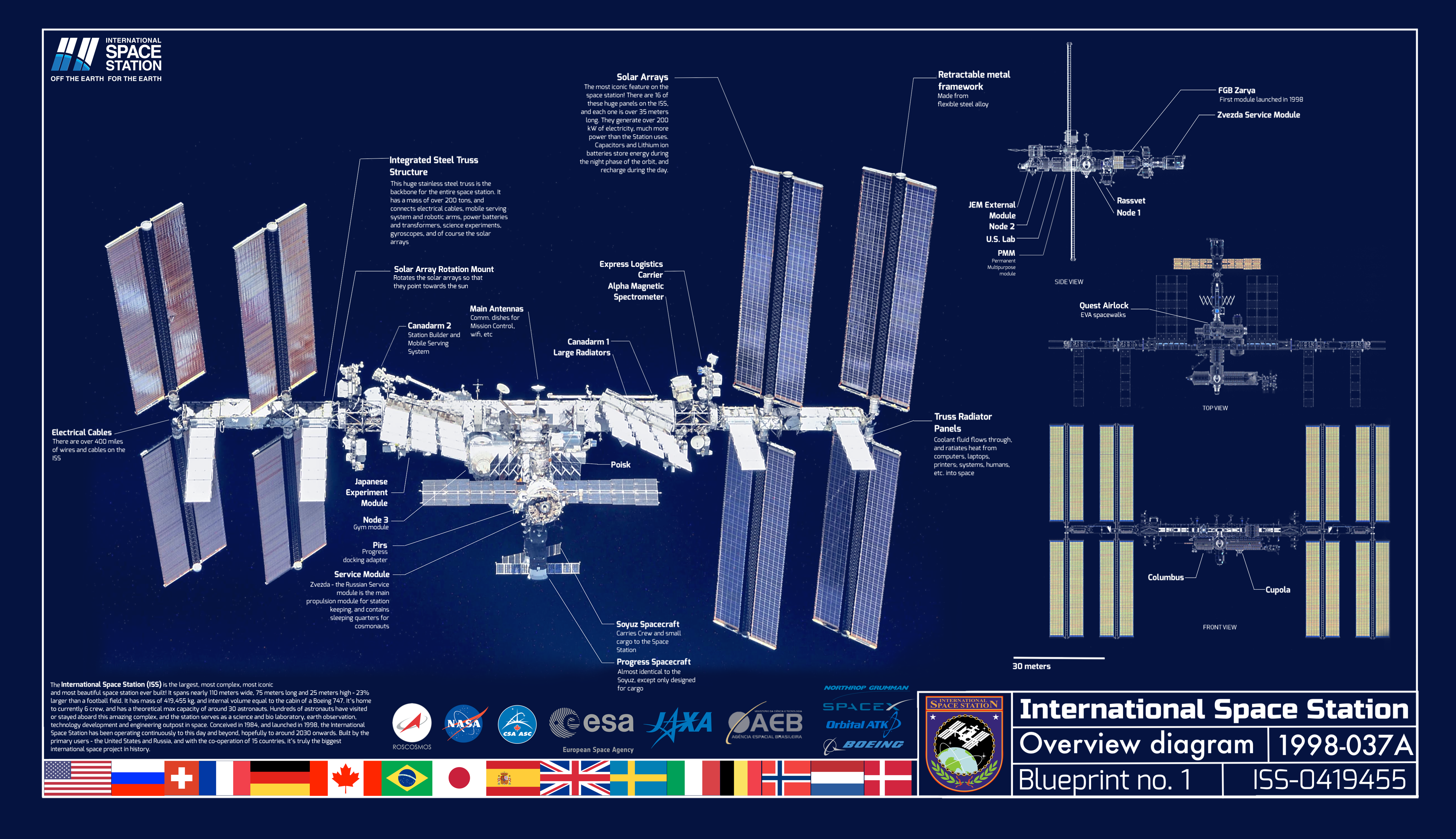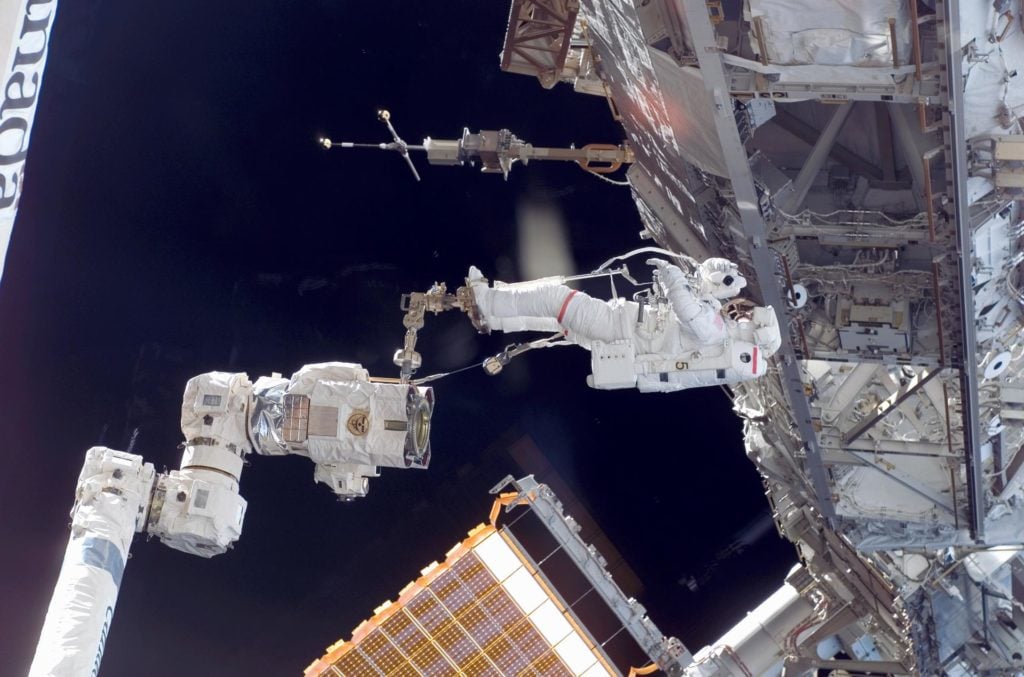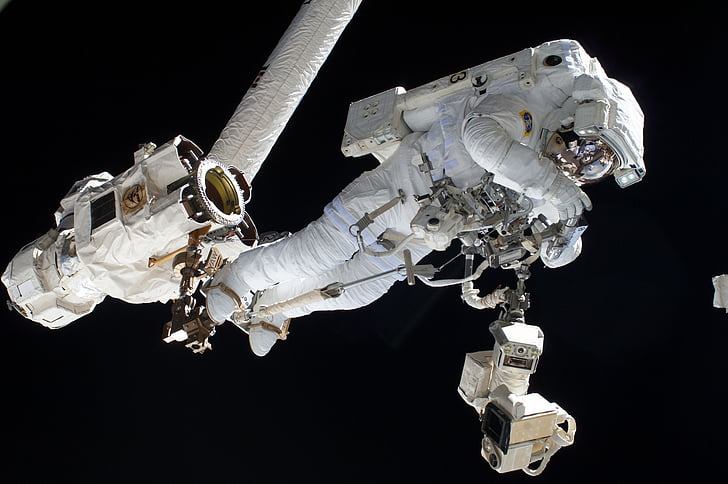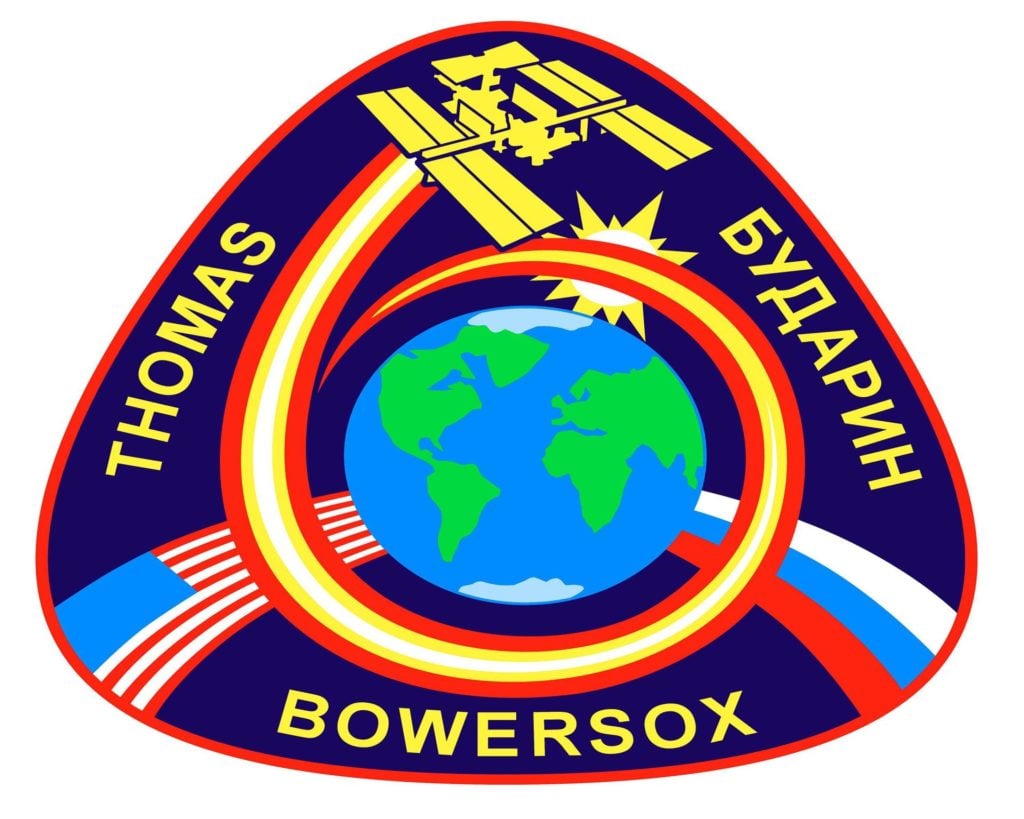The Role of Private Companies in Space Exploration
Introduction
Space exploration has long fascinated humanity, pushing the boundaries of what we can achieve. Historically dominated by government-led initiatives, the landscape has dramatically shifted with the emergence of private companies. These businesses are not just participants but pioneers driving innovation, reducing costs, and opening new frontiers.
Private Companies in Space Exploration: An Overview
Definition and Scope
Private companies in space exploration are commercial enterprises engaged in the research, development, and deployment of space technologies and missions. They range from startups to established aerospace giants, each contributing uniquely to the sector.
Major Players in the Industry
SpaceX: Founded by Elon Musk, SpaceX aims to make space travel affordable and accessible. Known for its Falcon rockets and Dragon spacecraft, SpaceX has revolutionized the industry with reusable rocket technology.
Blue Origin: Jeff Bezos’s venture focuses on reducing the cost of space travel and making it accessible to more people. Blue Origin’s New Shepard rocket is designed for suborbital flights, while New Glenn aims for orbital missions.
Virgin Galactic: Richard Branson’s company targets space tourism. Virgin Galactic’s SpaceShipTwo is designed to carry passengers on suborbital flights, offering a taste of space travel to civilians.
Boeing: A long-standing player in aerospace, Boeing is involved in NASA’s Commercial Crew Program, developing the CST-100 Starliner spacecraft for transporting astronauts to the International Space Station (ISS).
Other Notable Companies: Companies like Northrop Grumman, Rocket Lab, and Sierra Nevada Corporation also play significant roles in advancing space technologies and missions.
Economic Impact of Private Space Companies
Job Creation and Economic Growth
Private space companies have generated thousands of high-tech jobs, stimulating local economies and fostering growth in related sectors. Spaceports, manufacturing plants, and research facilities contribute significantly to economic development.
Investment in Technology and Innovation
Billions of dollars have been invested in developing new technologies. This investment drives innovation not only within the space industry but also in other fields like materials science, telecommunications, and artificial intelligence.
Market Competition and Cost Reduction
The entry of private companies has intensified competition, leading to significant cost reductions. For instance, SpaceX’s reusable rockets have drastically lowered the cost of sending payloads to orbit, making space more accessible.
Technological Advancements Driven by Private Companies
Reusable Rockets
SpaceX’s Falcon 9 and Blue Origin’s New Shepard have demonstrated the viability of reusable rockets. This innovation reduces costs and turnaround times, making space missions more sustainable.
Satellite Technology
Private companies have advanced satellite technology, enhancing global communications, weather forecasting, and Earth observation. Companies like OneWeb and SpaceX are deploying satellite constellations to provide global internet coverage.
Space Tourism
Virgin Galactic and Blue Origin are leading the charge in space tourism, aiming to offer suborbital flights to civilians. This burgeoning industry has the potential to make space accessible to non-professionals.
Mars and Lunar Missions
Private enterprises are crucial in plans for Mars and lunar exploration. SpaceX’s Starship aims to transport humans to Mars, while various companies are involved in NASA’s Artemis program, targeting a return to the Moon.
Collaboration with Government Agencies
Public-Private Partnerships
Collaborations between private companies and government agencies are essential. These partnerships leverage the strengths of both sectors, combining public funding and oversight with private innovation and efficiency.
NASA’s Commercial Crew Program
NASA’s Commercial Crew Program exemplifies successful public-private collaboration. SpaceX and Boeing are developing spacecraft to transport astronauts to the ISS, reducing dependence on foreign launch systems.
International Collaborations
Private companies often collaborate with international space agencies, fostering global cooperation. These collaborations expand the scope of missions and share the burden of costs and risks.
Legal and Regulatory Framework
Space Law and Regulations
Space activities are governed by international treaties and national regulations. Companies must navigate complex legal frameworks to operate, ensuring compliance with treaties like the Outer Space Treaty and national space laws.
Licensing and Compliance
Launching and operating space missions require various licenses and approvals. Regulatory bodies like the Federal Aviation Administration (FAA) oversee these processes, ensuring safety and compliance with international standards.
Intellectual Property Rights
Protecting innovations is crucial. Companies must secure intellectual property rights to safeguard their technologies and maintain competitive advantages in a rapidly evolving industry.
Challenges Faced by Private Space Companies
Technical Challenges
Financial Risks
Space ventures require substantial investment, often involving high financial risk. Securing funding and managing costs are significant hurdles for many companies.
Regulatory Hurdles
Navigating the regulatory landscape is challenging, with stringent requirements for safety, environmental impact, and international compliance.
Safety Concerns
Ensuring the safety of crew and payloads is paramount. Companies must rigorously test and validate their technologies to prevent accidents and ensure mission success.
Ethical and Environmental Considerations
Space Debris Management
The increasing number of satellites and missions raises concerns about space debris. Companies must develop strategies to mitigate debris and ensure sustainable space operations.
Environmental Impact
Rocket launches and space activities have environmental impacts, from carbon emissions to pollution. Companies are exploring greener technologies and sustainable practices to minimize these effects.
Ethical Implications of Space Exploration
As space exploration expands, ethical considerations come to the forefront. Issues like resource exploitation, planetary protection, and the impact on local communities must be addressed responsibly.
Future Prospects and Vision
Short-Term Goals and Projects
In the short term, companies aim to increase launch frequencies, develop new technologies, and expand space tourism offerings. Upcoming missions to the Moon and Mars are also on the horizon.
Long-Term Ambitions: Mars Colonization
Long-term goals include human colonization of Mars, establishing permanent lunar bases, and furthering our understanding of the cosmos. Companies like SpaceX are at the forefront of these ambitious plans.
Potential for New Entrants in the Market
The growing success of private space companies attracts new entrants, from startups to established corporations. This influx fosters innovation and competition, driving the industry forward.
Summary
Private companies are transforming space exploration, bringing innovation, reducing costs, and expanding possibilities. Their contributions span economic growth, technological advancements, and collaborative efforts with government agencies. As we look to the future, the role of private enterprises in space will only grow, heralding a new era of exploration and discovery.
Frequently Asked Questions (FAQs)
What are the main contributions of private companies to space exploration?
Private companies have reduced costs, driven technological innovations like reusable rockets, and expanded access to space through satellite technology and space tourism.
How do private companies collaborate with government space agencies?
They partner through programs like NASA’s Commercial Crew Program, sharing expertise, funding, and resources to achieve common goals.
What are the major challenges faced by private space companies?
Technical challenges, financial risks, regulatory hurdles, and safety concerns are significant obstacles that companies must navigate.
What is the future of private companies in space exploration?
The future looks promising with goals of Mars colonization, lunar bases, and increased space tourism, driven by ongoing innovation and competition.
How does space exploration impact the economy?
Space exploration stimulates economic growth through job creation, technological investment, and market competition, leading to broader economic benefits.































